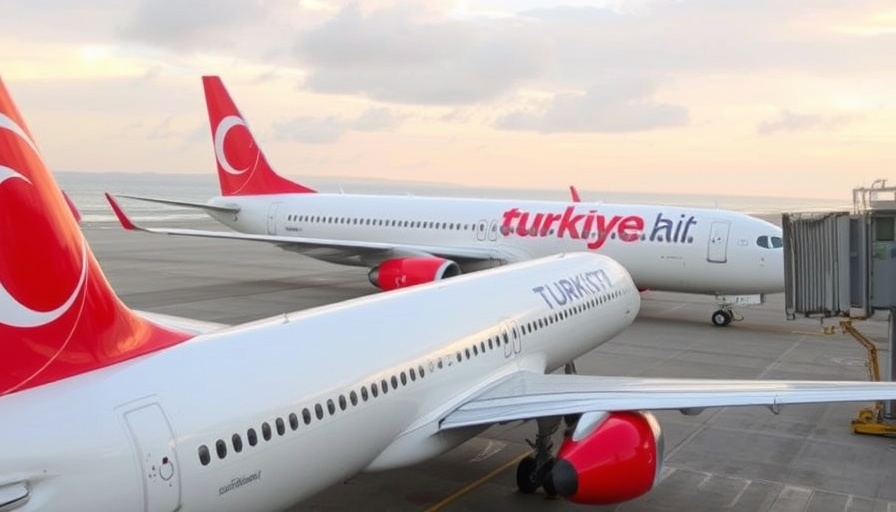
The Rise of Low-Cost Airlines in Türkiye: An Overview
How often do we hear about the transformative models of the airline industry? In Türkiye, Pegasus Airlines has taken the low-cost carrier concept and adapted it to the unique cultural and economic landscape of the country. CEO Güliz Öztürk has been at the forefront of this transformation, guiding the airline from a charter service with 14 aircraft to a fleet of over 120 that spans 53 countries. With intelligent decision-making and a focus on cost discipline, Pegasus has positioned itself as a leader in the budget travel sector.
Emphasizing the Low-Cost Model
One of the critical insights shared by Öztürk revolves around educating Turkish customers about the low-cost model. Unlike in Europe or the United States, where budget airlines are a common choice, Turkish travelers initially found the concept somewhat foreign. The shift required a comprehensive understanding of necessary expenses, such as purchasing water and food on board, to keep fares competitive. “In the end, it’s about giving our customers the freedom to design their own experience,” she explains. This approach has led to increasing acceptance and support from passengers as they discover the value of low fares.
Strategic Hub Location: Sabiha Gökçen Airport
Another innovative decision was to establish Sabiha Gökçen Airport on the Asian side of Istanbul as the hub for Pegasus operations. This choice was met with skepticism, but it proved to be a strategic masterstroke. The airport provides lower operational costs and convenient access, allowing Pegasus to deliver the efficiency and reliability needed for their model. This hub selection is vital, given that enables the airline to connect various regions—linking Europe with the Middle East and beyond.
The Future of Long-Haul Low-Cost Services
As for venturing into long-haul routes, Öztürk admits it presents challenges for low-cost models, particularly with turnaround times. While the idea of expanding to North America or East Asia raises interest, Pegasus remains focused on its core strengths. “There are operational efficiencies to consider,” she remarks. Current effective use of shorter routes and maintaining high-load factors are paramount.
The Financial Triumph of Pegasus
Financial insights reveal Pegasus's growth trajectory reflects a compound annual growth rate (CAGR) of 14% for passenger numbers from 2008 to 2024. The airline is now deemed one of the most profitable in Europe, not only because of low operational costs but also due to smart leadership. This economic insight was corroborated by reports detailing Pegasus's ability to maintain a remarkably low cost per available seat kilometer (CASK) of only 47% compared to local rival Turkish Airlines, shedding light on their sustainable financial model through operational efficiency.
Conclusion: Where Do We Go from Here?
The success of Pegasus Airlines underscores an important lesson in the aviation sector: adaptation is key. Understanding the market's nuances, embracing low-cost strategies, and implementing innovative practices have been instrumental for its growth. As the industry continues to navigate evolving trends in traveler preferences and cost-saving measures, professionals across sectors—especially in healthcare, finance, and sustainability—can learn from these insights. This deeper understanding of Pegasus’s journey could inspire similar strategies across various sectors seeking growth amid economic stresses.
For those interested in analyzing emerging trends and transformative strategies within their industries, the Pegasus case offers valuable insights. How is your organization adapting to pressure and seeking innovative solutions? Take a moment to evaluate your business plan and consider actionable steps for your company's future.
 Add Row
Add Row  Add
Add 




Write A Comment